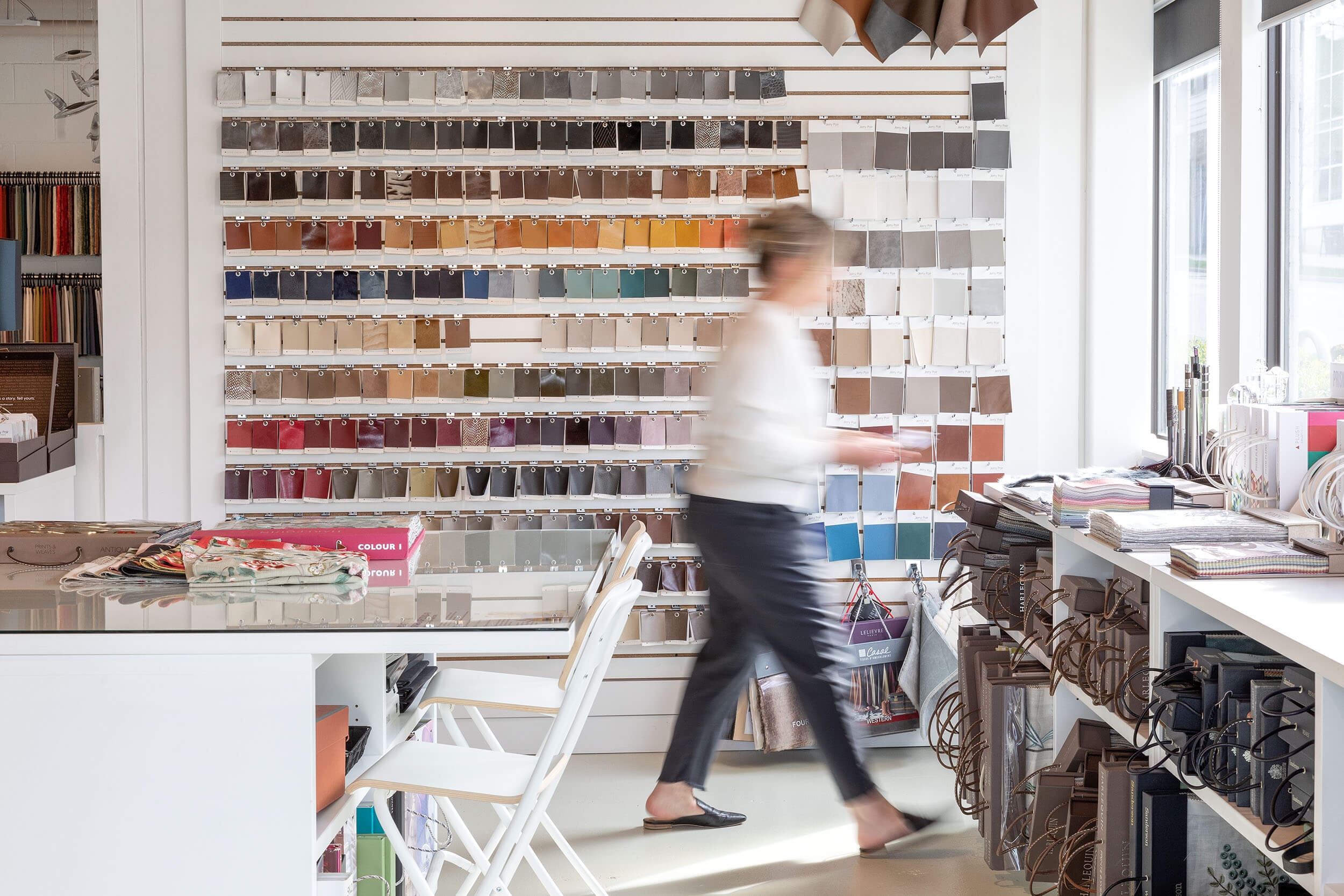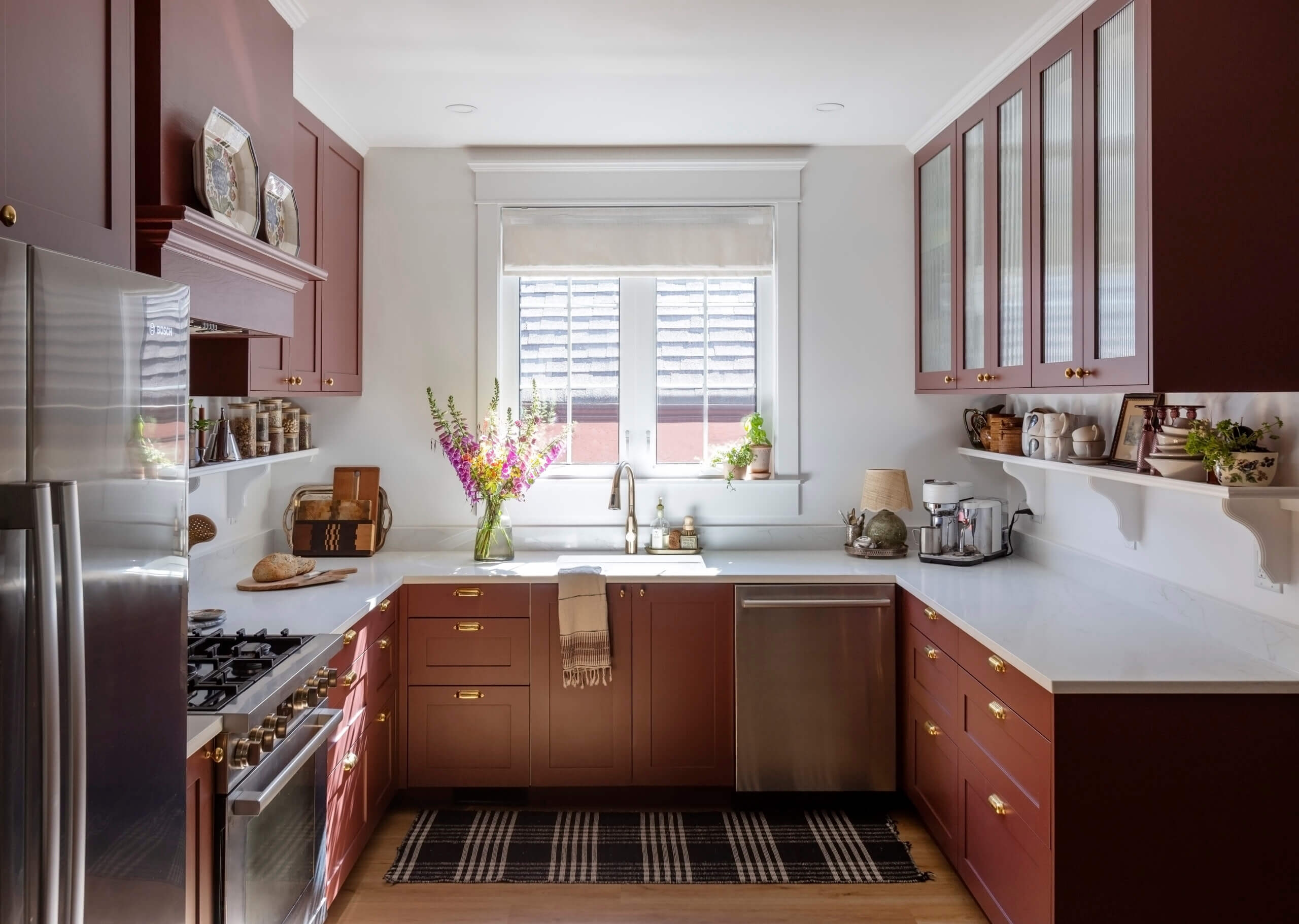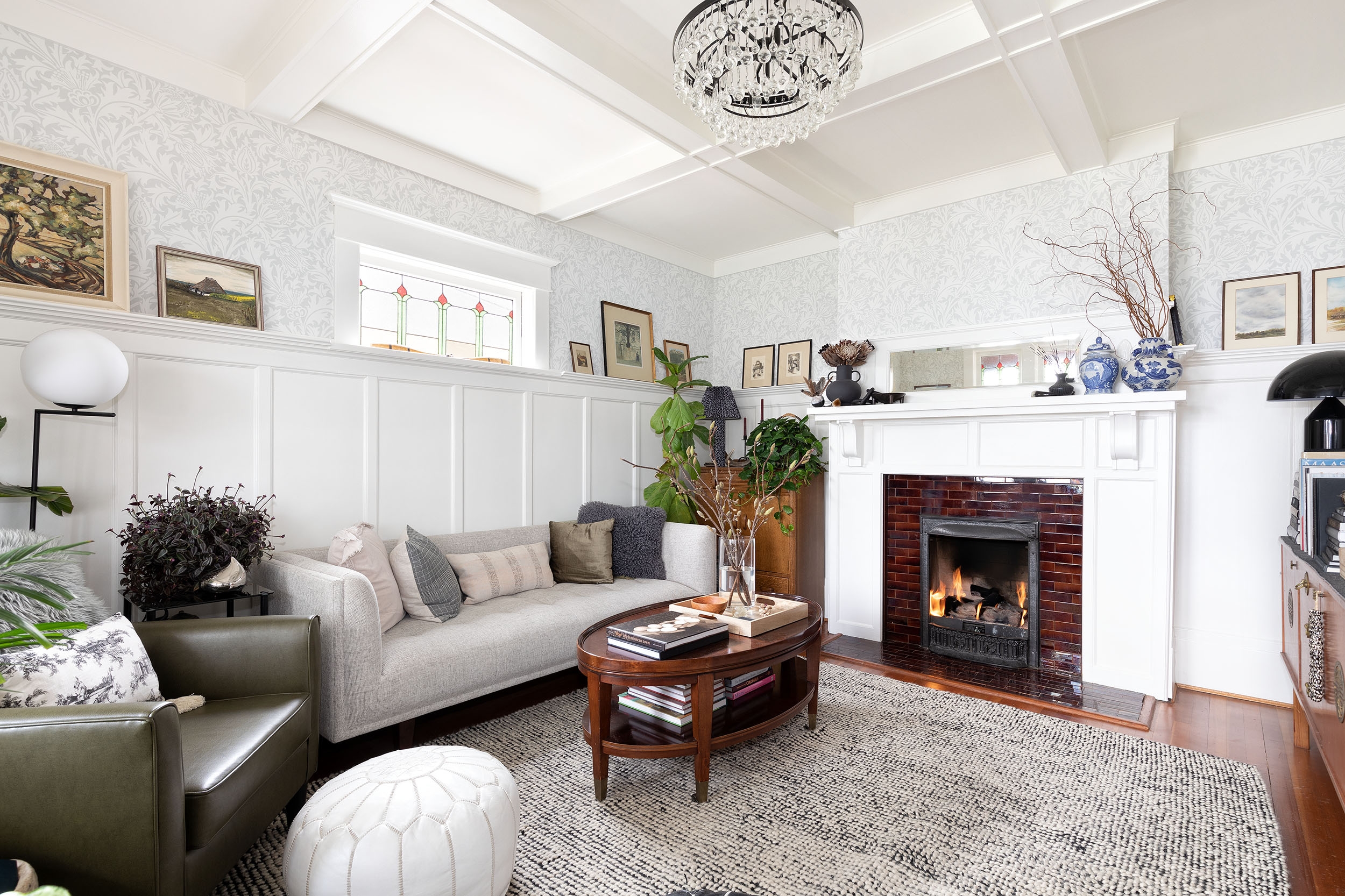DIY vs. Professional Design: When Vancouver Homeowners Should Hire a Studio

The Pinterest board looks perfect. Every room photographed beautifully, each piece carefully curated, the entire aesthetic cohesive and inspiring. Then reality hits—standing in an actual room with paint samples, furniture measurements scribbled on paper, and a growing suspicion that the sofa won't actually fit where it looked so perfect in the visualization.
This is where many Vancouver homeowners find themselves. Enthusiastic about transforming their space, armed with inspiration and good intentions, yet increasingly uncertain whether DIY design will deliver the results they're imagining.
The decision to hire an Interior Design Studio Vancouver or tackle projects independently isn't always straightforward. Sometimes DIY makes perfect sense. Other times, it becomes an expensive lesson in why professionals exist.
When DIY Actually Works
Some design projects genuinely suit the DIY approach. Refreshing a single room with new paint and accessories? Perfectly manageable for most people with basic aesthetic sense. Swapping out light fixtures or updating hardware throughout a home? Tedious but straightforward.

DIY thrives in situations with limited scope, forgiving timelines, and clear vision. Someone redecorating a bedroom who knows exactly what they want, has time to source pieces gradually, and can afford a few missteps along the way will probably succeed without professional help.
The key word there is "missteps." DIY inherently involves trial and error. Buying a rug that doesn't work, painting a wall the wrong color, ordering furniture that doesn't fit the space—these mistakes happen and get corrected. For small projects, the cost of these errors stays manageable.
The Hidden Complexity of Larger Projects
Whole-home renovations or multi-room redesigns operate differently. Decisions in one space affect others. Finishes need coordinating across rooms. Furniture scale matters relative to entire floor plans, not just individual rooms. Lighting design becomes architectural, not just decorative.
This is where DIY starts breaking down. The Pinterest board that looked cohesive room-by-room creates visual chaos when those rooms connect. The paint colors that seemed complementary in samples clash when covering full walls. The furniture layout that worked on paper creates awkward traffic patterns in reality.
Professional designers spend years developing spatial reasoning that most people simply don't have. They visualize how spaces flow together, how natural light changes throughout the day, how furniture proportions affect room perception. This expertise isn't snobbery—it's pattern recognition built from countless projects.
The Budget Paradox
Here's the thing nobody expects: DIY often costs more than anticipated, sometimes approaching what professional design would have cost anyway.

Homeowners buy pieces that don't work and can't be returned. They order materials in wrong quantities. They make structural decisions that limit future options. Each mistake adds cost, and mistakes accumulate faster in complex projects.
Professional designers have supplier relationships that provide better pricing on furnishings and materials. They know which splurges matter and which are unnecessary. They prevent expensive mistakes before they happen. The design fee often gets offset by these savings and error prevention.
None of this means professionals are always cheaper. They're not. But the cost difference between DIY and professional help is usually smaller than people assume once all factors get calculated.
Timeline Realities
DIY design happens around everything else—work schedules, family obligations, daily life. Research takes evenings. Sourcing happens on weekends. Decisions get delayed because there's no structured timeline forcing progress.
Projects that could complete in months stretch into years. Living in half-finished spaces wears on people. Decision fatigue sets in. Enthusiasm wanes. Many DIY projects never fully finish—they reach "good enough" and stall there permanently.
Design studios work on structured timelines. They have dedicated hours for sourcing, relationships with contractors for coordinated execution, and professional obligation to complete projects. That structure matters more than most people realize.
When Professional Help Becomes Essential
Certain situations basically demand professional involvement. Structural changes, custom millwork, complex lighting design, multi-trade coordination—these require expertise beyond typical homeowner knowledge.
Vancouver's condo market adds another layer. Pre-sale units with developer packages often need complete redesign. Heritage homes have restrictions that limit options. Small footprints demand space-planning expertise. These scenarios involve too many variables for comfortable DIY navigation.
Then there's the stylistic complexity. Someone wanting eclectic interior design in Vancouver that successfully blends different periods, styles, and influences without creating visual chaos probably needs professional guidance. Eclecticism looks effortless when done well but requires sophisticated understanding of what makes disparate elements cohesive.
The Hybrid Approach
Not every situation demands full-service design. Many studios offer consultations, concept development, or space planning as standalone services. Homeowners get professional guidance for critical decisions, then handle sourcing and implementation independently.
This middle ground works well for people with some design confidence who need expert input on specific challenges. It provides structure without the full investment of comprehensive design services.
The Decision Framework
The DIY versus professional question ultimately comes down to three factors: project complexity, available time, and risk tolerance.
Simple projects with forgiving timelines and flexibility for mistakes? DIY makes sense. Complex renovations with structural changes, multiple rooms, or significant investment? Professional help usually pays for itself through better outcomes and mistake prevention.
Time matters too. Someone with abundant time and genuine interest in the design process might enjoy DIY even on larger projects. People with demanding careers and limited patience for sourcing furniture probably value professional efficiency.
Risk tolerance is the final factor. Some people view design mistakes as learning experiences. Others find them stressful and frustrating. Neither approach is wrong—they just suit different personalities and circumstances.
Vancouver's design market offers enough professional options that homeowners can usually find services matching their needs and budgets. The question isn't whether professional design has value. It's whether that value justifies the cost for a specific project and situation.
Most importantly, the decision doesn't have to be permanent. Starting DIY and later bringing in professional help works fine. So does handling some projects independently while hiring designers for others. Flexibility matters more than consistency.
- Questions and Answers
- Opinion
- Motivational and Inspiring Story
- Technology
- Live and Let live
- Focus
- Geopolitics
- Military-Arms/Equipment
- Sécurité
- Economy
- Beasts of Nations
- Machine Tools-The “Mother Industry”
- Art
- Causes
- Crafts
- Dance
- Drinks
- Film/Movie
- Fitness
- Food
- Jeux
- Gardening
- Health
- Domicile
- Literature
- Music
- Networking
- Autre
- Party
- Religion
- Shopping
- Sports
- Theater
- Health and Wellness
- News
- Culture

